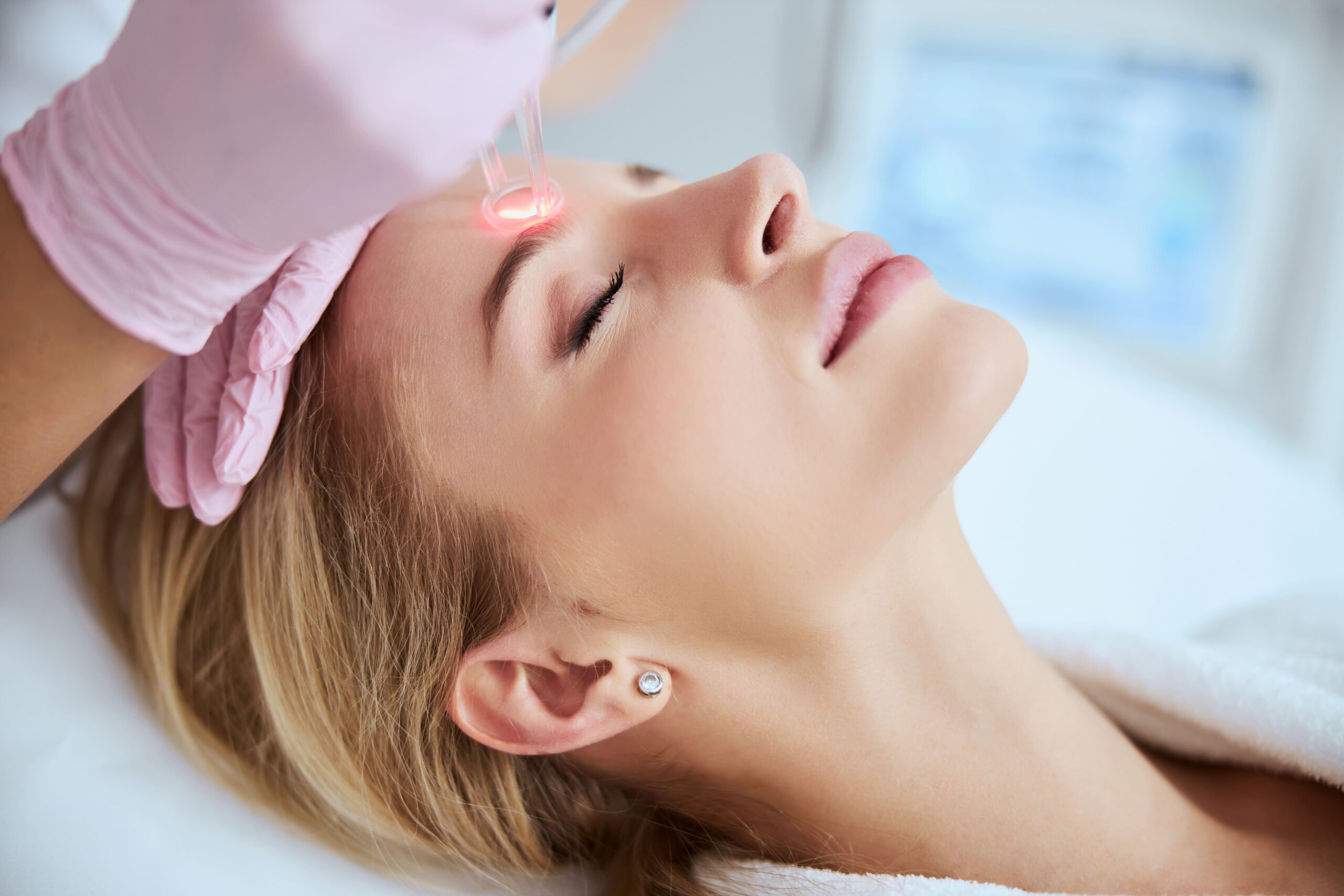
Introduction
Laser skin rejuvenation is an advanced cosmetic procedure designed to enhance skin texture, reduce fine lines and wrinkles, and address pigmentation concerns. It is widely used for improving overall skin health and reversing the effects of aging, sun damage, and acne scars. With multiple laser treatment options available, understanding their differences, benefits, and recovery expectations is essential for individuals considering this procedure.
Types of Laser Skin Rejuvenation Treatments
Laser skin rejuvenation treatments can be classified into different categories based on their mechanism and depth of penetration. The most common types of laser treatments include fractional lasers, carbon dioxide (CO2) lasers, and intense pulsed light (IPL) therapy. Each of these treatments serves specific skin concerns and provides different levels of intensity and recovery time.
Fractional Lasers
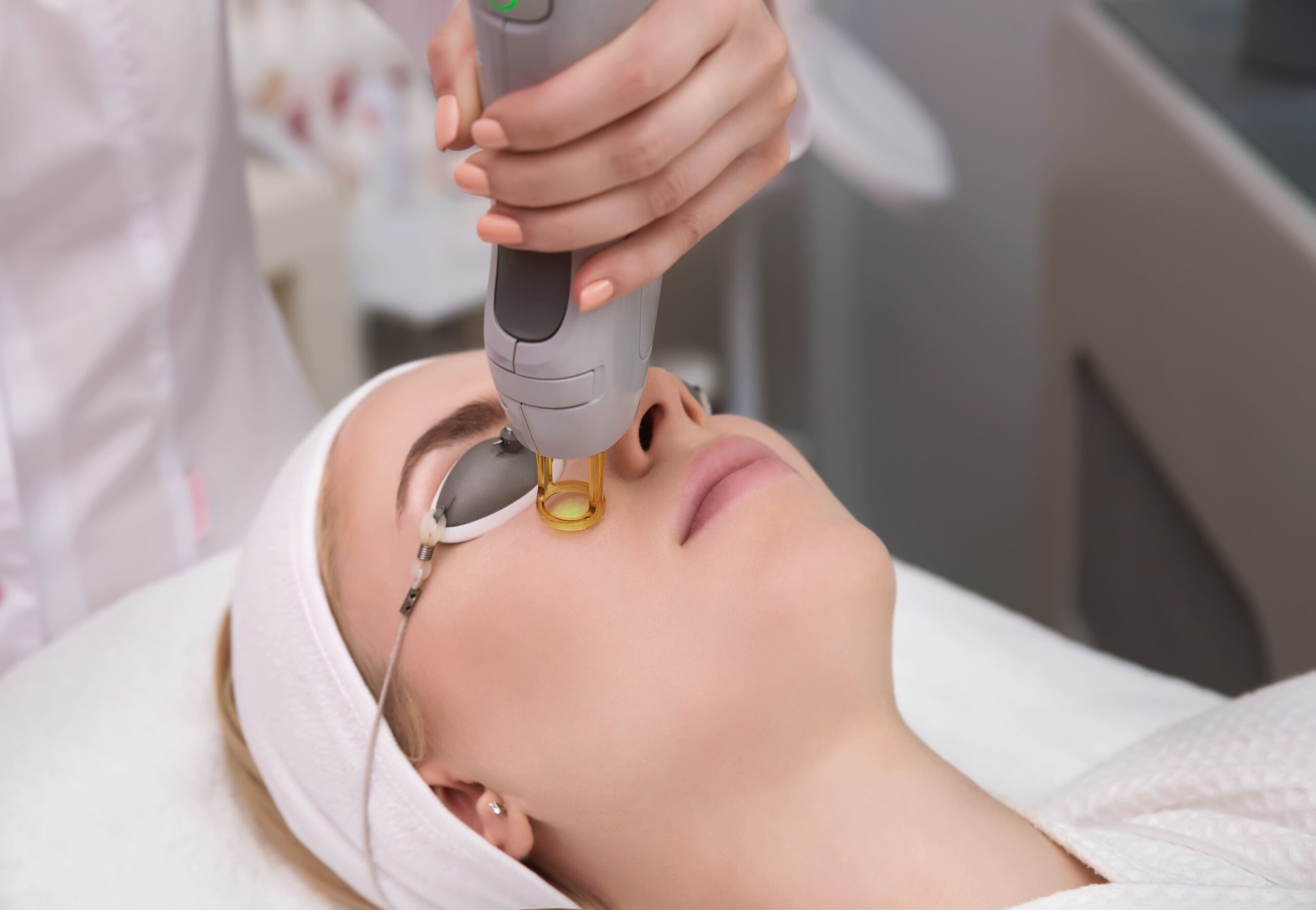
Fractional lasers are designed to treat targeted areas of the skin using a fractionated approach. They work by delivering laser energy in a grid-like pattern, creating microscopic wounds while leaving the surrounding skin intact. This method stimulates collagen production and accelerates the skin’s natural healing process. Fractional lasers are commonly used for fine lines, wrinkles, acne scars, and overall skin resurfacing. These treatments offer significant improvement with a relatively moderate recovery period.
CO2 Lasers
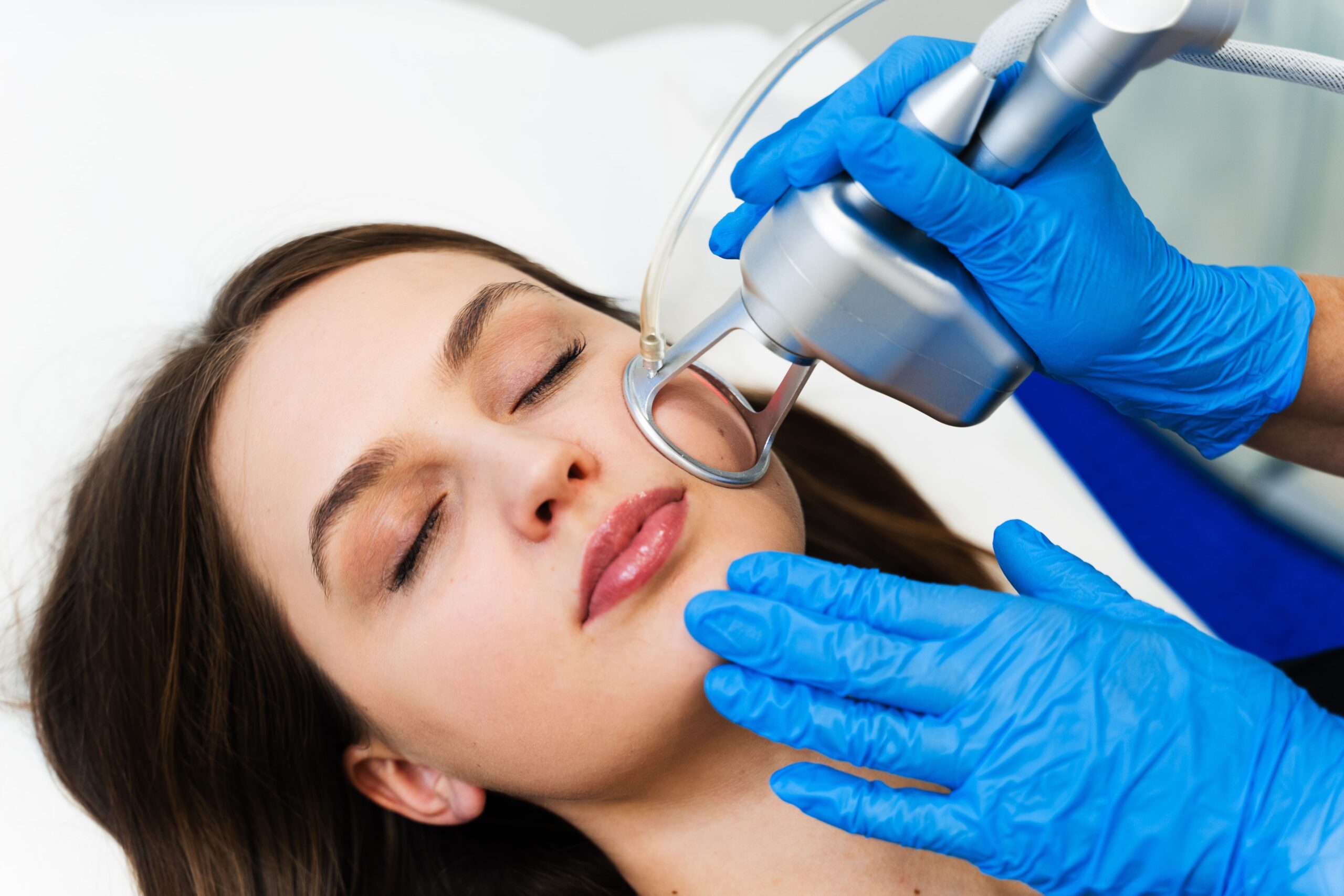
Carbon dioxide (CO2) lasers are considered one of the most powerful laser resurfacing options available. This treatment removes the outer layers of damaged skin by using concentrated beams of light. CO2 lasers are highly effective in treating deep wrinkles, scars, and severe sun damage. Due to their intensity, CO2 laser treatments typically require a longer recovery period compared to fractional and IPL treatments. However, they also provide dramatic and long-lasting results, making them a preferred option for individuals with significant skin concerns.
IPL Therapy (Intense Pulsed Light)
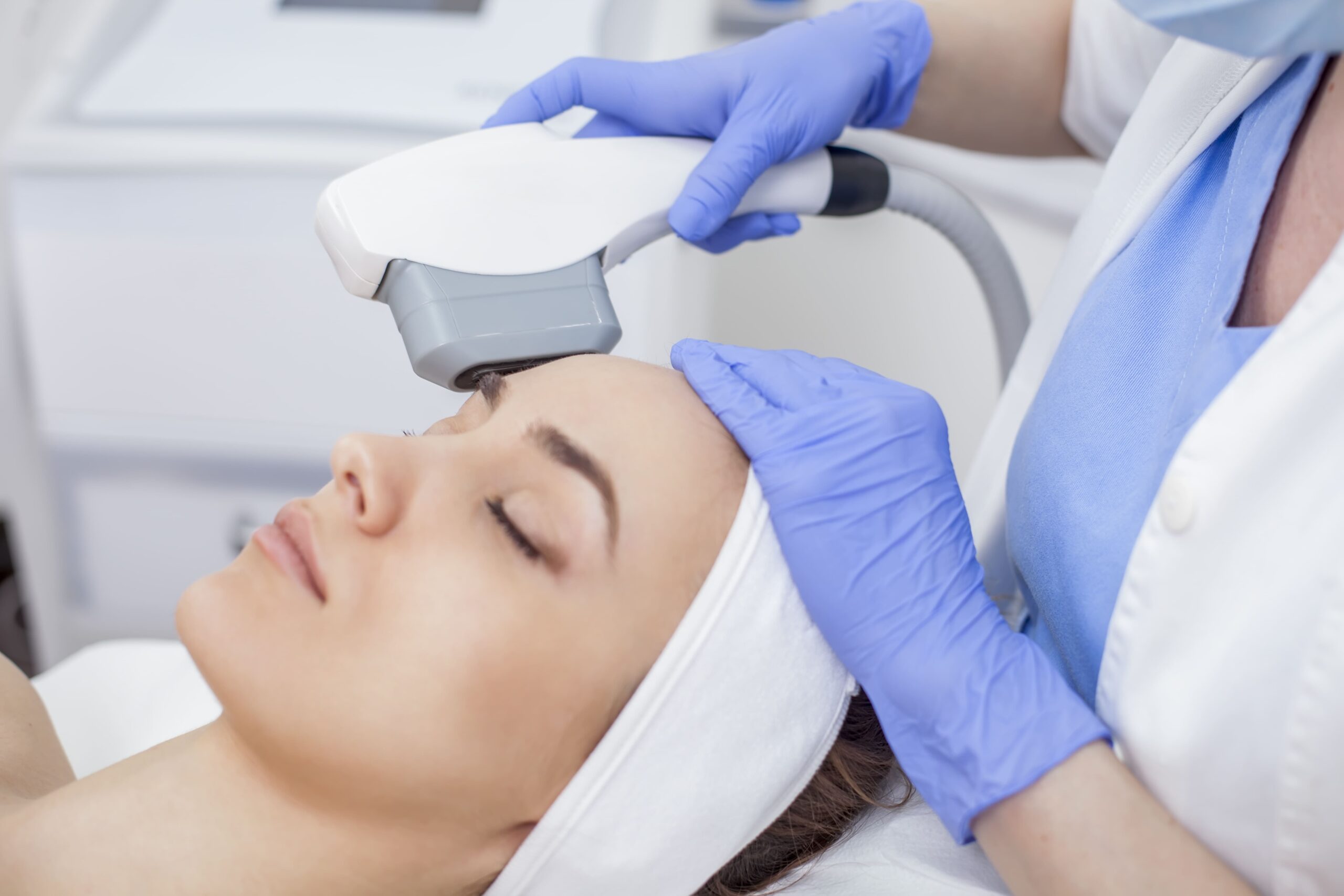
Intense pulsed light (IPL) therapy is a non-ablative treatment that uses broad-spectrum light to target pigmentation irregularities, redness, and sun damage. Unlike fractional and CO2 lasers, IPL therapy does not remove skin layers but instead penetrates the deeper layers of the skin to break down pigmentation and stimulate collagen production. This treatment is ideal for individuals seeking mild to moderate skin rejuvenation with minimal downtime.
Key Benefits of Laser Skin Rejuvenation
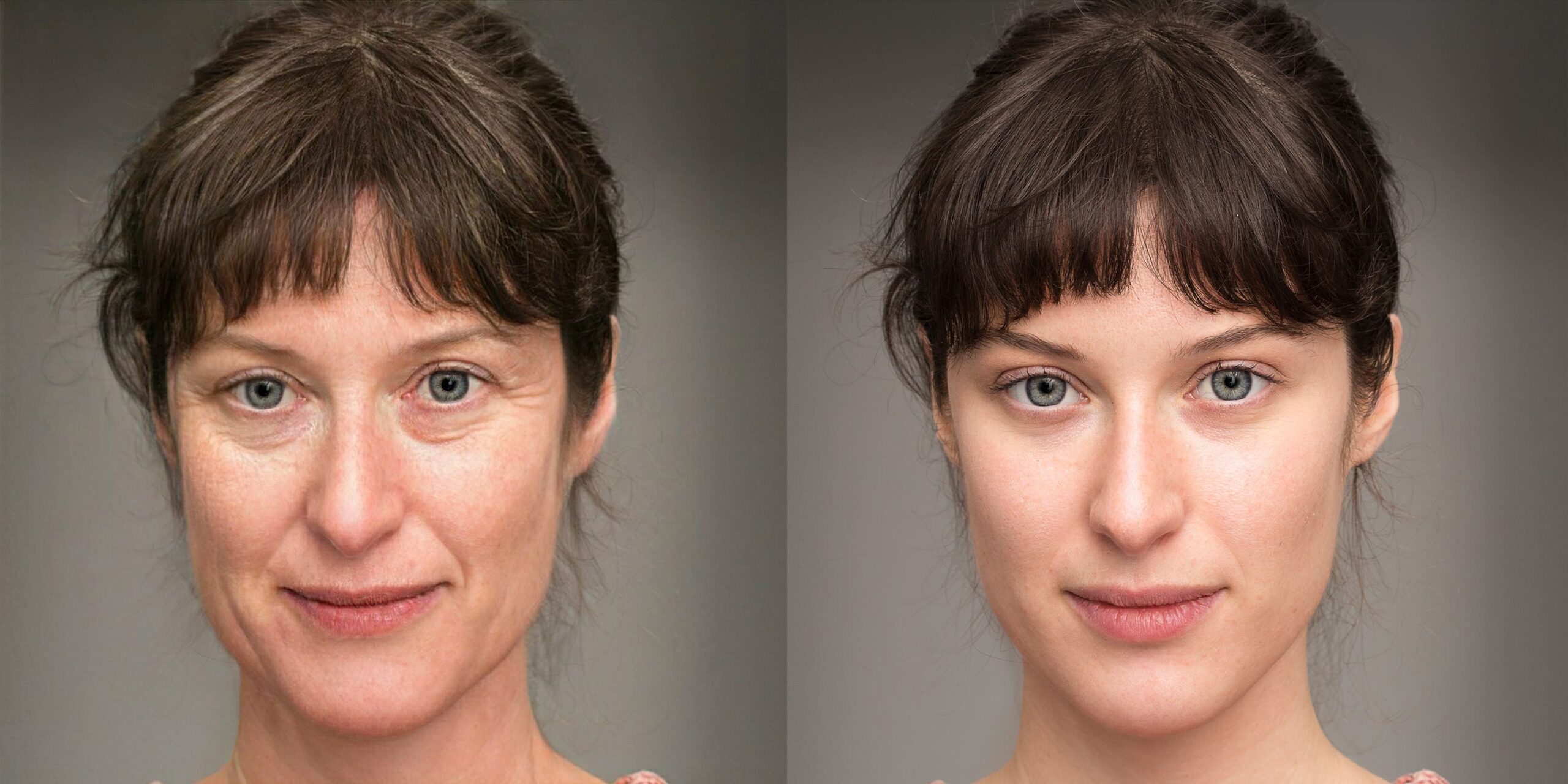
Laser skin rejuvenation treatments provide numerous benefits for individuals looking to improve their skin’s appearance and health. Some of the primary benefits include:
- Reduction of fine lines and wrinkles by stimulating collagen production and tightening the skin
- Improvement in skin texture and tone, resulting in a smoother and more even complexion
- Reduction of acne scars and hyperpigmentation through targeted laser energy that promotes skin renewal
- Minimization of sun damage, age spots, and redness caused by vascular conditions
- Long-term enhancement of skin elasticity, firmness, and hydration
- Increased skin cell turnover, leading to a youthful and refreshed appearance
Ablative vs. Non-Ablative Laser Treatments
Laser skin rejuvenation procedures are categorized into ablative and non-ablative treatments. Understanding the differences between these two types of treatments is crucial for selecting the most suitable option based on individual skin concerns and recovery preferences.
Ablative Lasers
Ablative laser treatments work by removing the outermost layers of the skin to promote the regeneration of new, healthier skin. This method provides significant improvement for deep wrinkles, scars, and severe skin damage. The downside of ablative lasers is the longer recovery time, as the skin needs time to heal and regenerate.
Non-Ablative Lasers
Non-ablative laser treatments do not remove skin layers. Instead, they work by delivering laser energy to the deeper layers of the skin, stimulating collagen production without causing surface damage. Non-ablative lasers are a great option for individuals who want noticeable skin improvements without the extensive downtime associated with ablative treatments.
Comparison Between Ablative and Non-Ablative Lasers
Feature
Effectiveness
Recovery Time
Procedure Type
Best For
Ablative Lasers
Provides dramatic improvement
Requires one to two weeks of healing
Removes outer skin layers
Deep wrinkles, scars, and severe sun damage
Non-Ablative Lasers
Offers gradual improvement
Minimal to no downtime
Stimulates collagen without removing skin
Mild wrinkles, fine lines, and minor pigmentation issues
Recovery Timelines and Aftercare Tips
The recovery period after laser skin rejuvenation varies depending on the type of treatment performed. Proper aftercare is essential to ensure optimal healing and long-lasting results.
Expected Recovery Timeline
- Ablative Laser Treatments: Recovery time ranges from seven to fourteen days. During the initial phase, the skin may appear red, swollen, and flaky. Patients should expect mild discomfort and sensitivity as the skin heals.
- Non-Ablative Laser Treatments: These treatments require minimal to no downtime. Patients may experience slight redness and swelling for one to three days, but normal activities can usually be resumed immediately.
Essential Aftercare Tips
- Use a gentle, hydrating moisturizer to keep the skin hydrated and support the healing process.
- Apply a broad-spectrum sunscreen with SPF 30 or higher to protect the skin from harmful ultraviolet rays.
- Avoid direct sun exposure, excessive heat, and harsh skincare products for at least two weeks after treatment.
- Stay hydrated and maintain a healthy diet to support overall skin health and collagen production.
- Follow post-treatment guidelines provided by the dermatologist or skincare professional to prevent complications and achieve the best results.
Potential Side Effects and How to Minimize Risks

Like any cosmetic procedure, laser skin rejuvenation comes with potential side effects. Being aware of these risks and taking preventive measures can help individuals make informed decisions.
Common Side Effects
- Temporary redness and swelling, which usually subside within a few days
- Hyperpigmentation or hypopigmentation, which may occur in individuals with darker skin tones
- Peeling, scabbing, or crusting, particularly with ablative treatments
- Mild discomfort or a burning sensation during the healing process
How to Minimize Risks
- Choose a qualified and experienced dermatologist or laser specialist to perform the treatment.
- Adhere to all post-treatment care instructions to promote safe healing and reduce the risk of complications.
- Avoid excessive sun exposure before and after the procedure to prevent hyperpigmentation.
- Use only dermatologist-recommended skincare products during the recovery phase.
- Inform the provider of any pre-existing skin conditions or medications to ensure the treatment is suitable.
Final Thoughts

Laser skin rejuvenation is an effective and scientifically proven treatment for improving skin quality, reducing signs of aging, and addressing pigmentation concerns. Whether choosing fractional, CO2, or IPL therapy, understanding the differences in treatment types, expected results, and recovery periods is essential. Consulting with a qualified dermatologist will help determine the most appropriate treatment based on individual skin conditions and desired outcomes.

